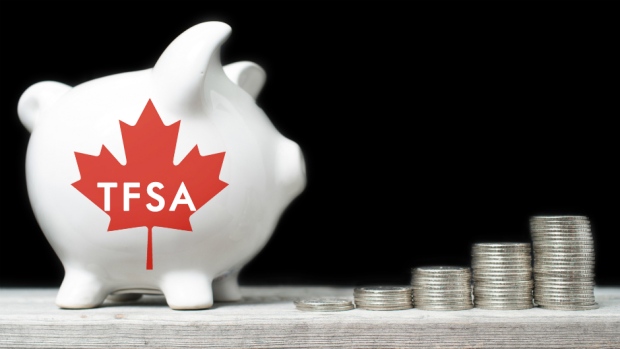Sep 12, 2018
Personal Investor: Potential TFSA landmine could be costly
By Dale Jackson

The tax-free savings account has become a great tool for short-term savings over the 10 years since it was introduced. Gains on any investment in a TFSA are never taxed. But with money coming in and going out, keeping track of TFSA contributions can get complicated – and possibly costly.
That’s especially true for those who contribute the maximum amount and have made a withdrawal during the 2018 calendar year. Yes, you can regain that space for future contributions – but there’s a catch. That contribution space does not become available until 2019.
The Canada Revenue Agency (CRA) has been paying special attention to TFSA over contributions. A few years ago, friendly warnings were given to those who re-contributed before the end of the year, but now the CRA means business. Excess contributions are subject to a penalty tax of one per cent of the over contribution amount each month. The tax is calculated based on the highest excess amount for the month and, unlike registered retirement savings plans (RRSP), there is no $2,000 grace amount.
If you want to refresh your memory, $5,500 was added to the total TFSA contribution amount in 2018. The total cumulative contribution space since the TFSA was introduced in 2008 is currently $57,500.
Responsibility for keeping track of contributions is ultimately up to the account holder, but the CRA certainly keeps track. Remaining contribution space at the start of 2018 should be included on the CRA statement following your 2017 tax filing, but it does not include any activity during the 2018 calendar year.








